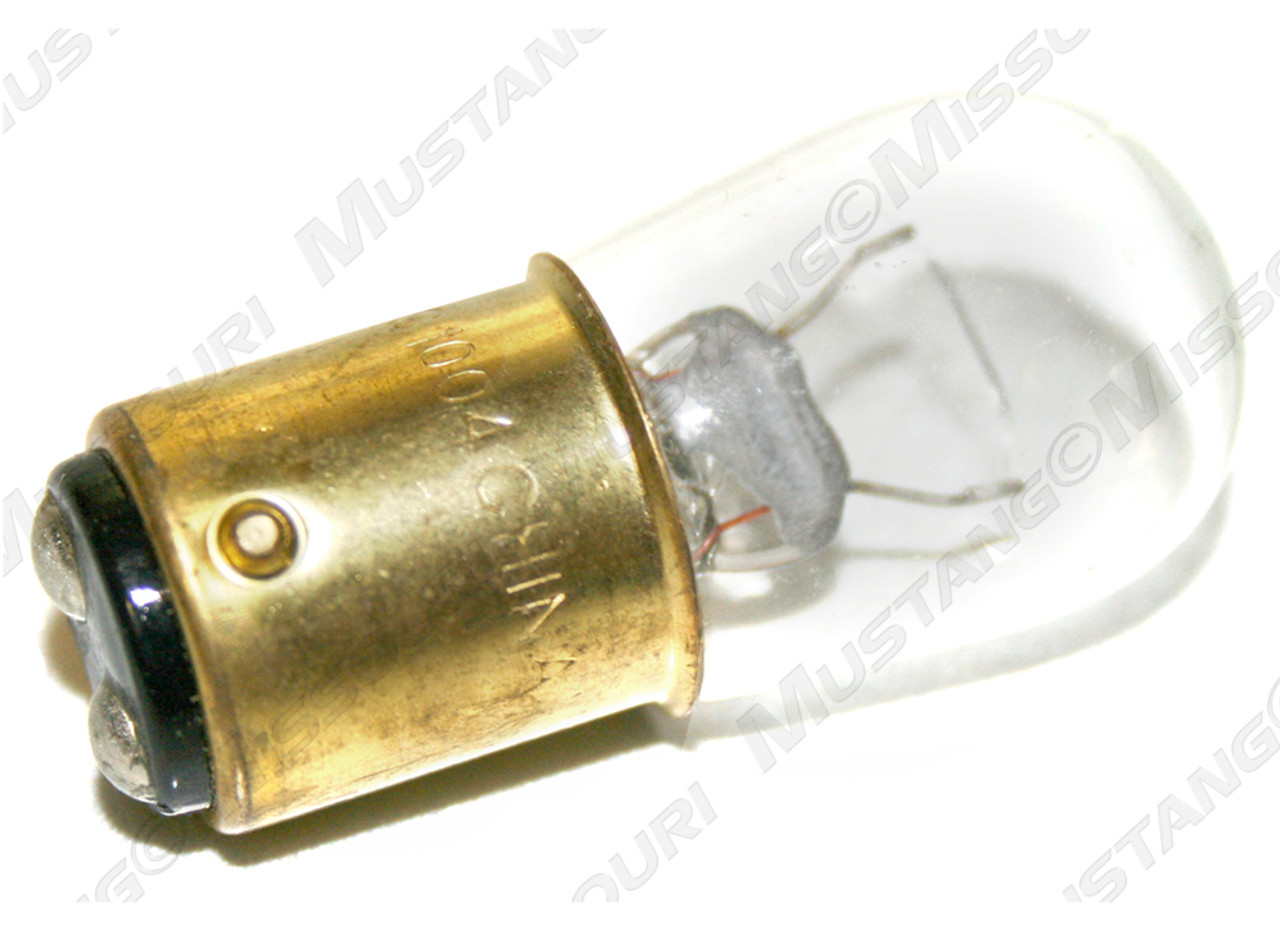
It's only simple compared to the full wiring diagram!
In this diagram we're only looking at the main circuits plus the alternator regulator and some of the ignition.
We can remove the regulator and ignition wires.
To understand what is going on, when current is flowing to more than one location it can divide like a river that branches.
View attachment 1715719761
Lets start simple.
Key off, turn on the hazzards.
Current will flow from the battery positive using the pink wire A3.
View attachment 1715719762
Next; Engine Running.
Alternator able to provide power at 14 Volts.
Current flows from alternator to key switch through wire J1
View attachment 1715719765
If the battery needed charging, the alternator would provide additional current if it can.
That additional current splits off at the junction where the three fusible links meet.
View attachment 1715719766
Remote shunt ammeters only require a tiny tiny amount of current. So small I didn't even show it.
You could remove the ammeter and functionally nothing would change.
Hope that helps explain it.
The big advantage of the '76 design is when the battery is charging, the headlights and wipers are on, etc, the current gets divided before the bulkhead connector. The current for the battery recharging doesn't even go through the firewall in this design.
The disadvantage is a slightly more complex system and 4 fusible links.


















